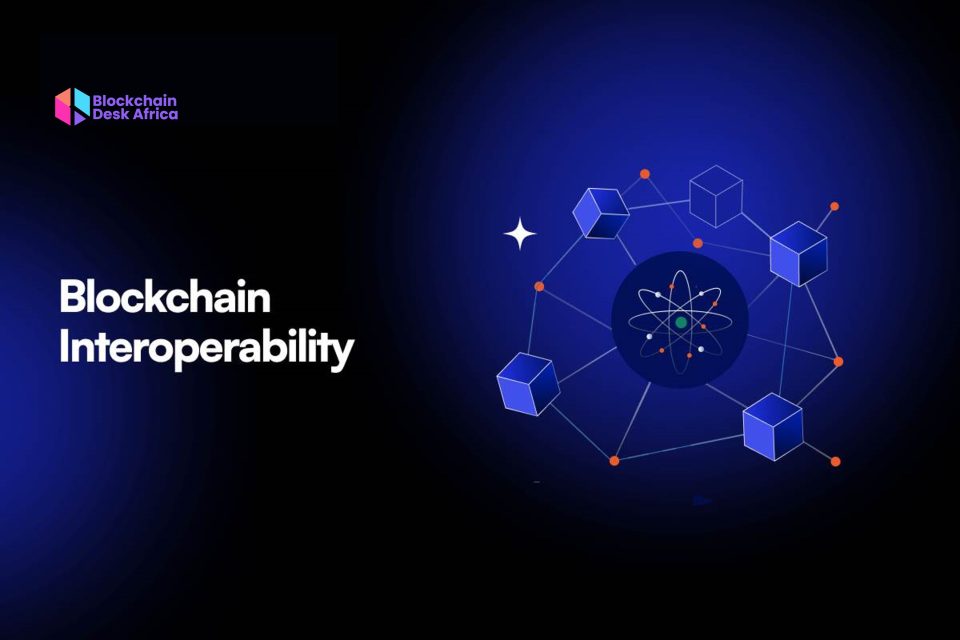Imagine a world where your bank card only works at one supermarket or your email can only reach people using the same provider. It would be frustratingly inefficient. That’s exactly the kind of problem the blockchain world faced until interoperability became a key area of innovation.
Interoperability in blockchain refers to the ability of different blockchain networks to communicate, share data, and interact seamlessly with each other. It is the bridge that connects siloed systems, enabling a more connected, functional, and scalable ecosystem.
Currently, there are hundreds of blockchain networks, each with its protocols, governance structures, and native tokens. Bitcoin, Ethereum, Solana, Polkadot, and others operate in isolation unless purposely bridged. This lack of cohesion restricts liquidity, creates data silos, and hinders widespread adoption.
That’s where interoperability steps in. It allows users and developers to:
- Transfer assets across blockchains
- Access decentralised applications built on other networks
- Share data across platforms without needing centralised intermediaries
Some of the most prominent technologies pushing interoperability include:
- Cross-chain bridges: These are tools that enable token and data transfer between blockchains. For example, you can wrap Bitcoin (wBTC) on Ethereum through a bridge, allowing BTC holders to access Ethereum-based DeFi protocols.
- Interoperable blockchains: Platforms like Polkadot and Cosmos were designed with interoperability at their core. Polkadot uses parachains, while Cosmos uses the Inter-Blockchain Communication Protocol (IBC) to link different networks.
- Layer-0 protocols: Unlike layer-1 networks like Ethereum or Bitcoin, layer-0 solutions offer the foundational infrastructure for blockchains to be built with interoperability baked in from the start.
Why does this matter?
Interoperability enhances the user experience, improves capital efficiency, and reduces fragmentation. For example, a DeFi user can move stablecoins from one chain to another in search of better yields, or a developer can build a product that draws liquidity from multiple chains without duplicating infrastructure.
It also unlocks new possibilities for governance and decentralised identity. DAOs (Decentralised Autonomous Organisations) can coordinate across chains, and users can maintain a unified identity across different ecosystems. This is crucial for scaling the impact of Web3 globally.
However, the road to seamless interoperability isn’t without hurdles. There are technical challenges, like achieving consensus between different networks, and security concerns, especially with cross-chain bridges, which have been popular targets for hackers. One exploit can lead to millions in stolen funds.
Despite these challenges, the push toward interoperability is gaining momentum. Institutional players, dApp developers, and crypto communities increasingly recognise that a fragmented ecosystem cannot sustain global adoption. Solutions are being tested and refined to enhance security and reliability.
In the Pan-African context, where access, inclusion, and innovation are paramount, interoperability is even more critical. Imagine African-based digital currencies moving freely across borders, or a dApp built in Nigeria serving users in Kenya and South Africa without any friction. That’s the promise interoperability brings to the table.
Additionally, interoperability can foster cross-border innovation hubs, allowing startups across the continent to collaborate, share infrastructure, and pool resources in real-time, without the friction of different blockchains.
Ultimately, blockchain interoperability isn’t just a technical upgrade; it’s a paradigm shift. It represents the move from isolated innovations to an interconnected Web3 world where boundaries are blurred and opportunities are multiplied. For Africa’s Web3 future to thrive, interoperability is not optional; it’s essential.
Read aslo:What is a Hard Fork and Soft Fork in Blockchain?
